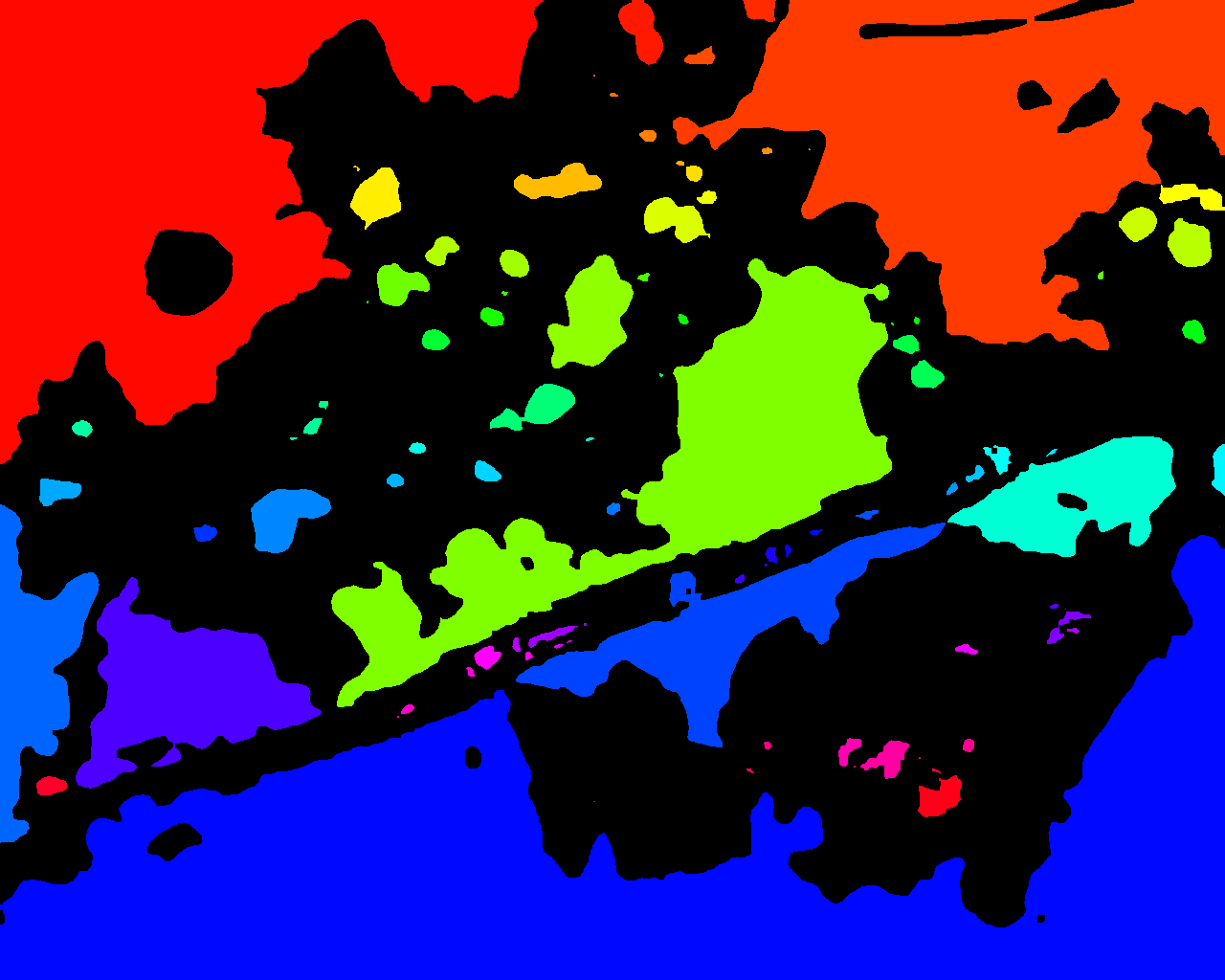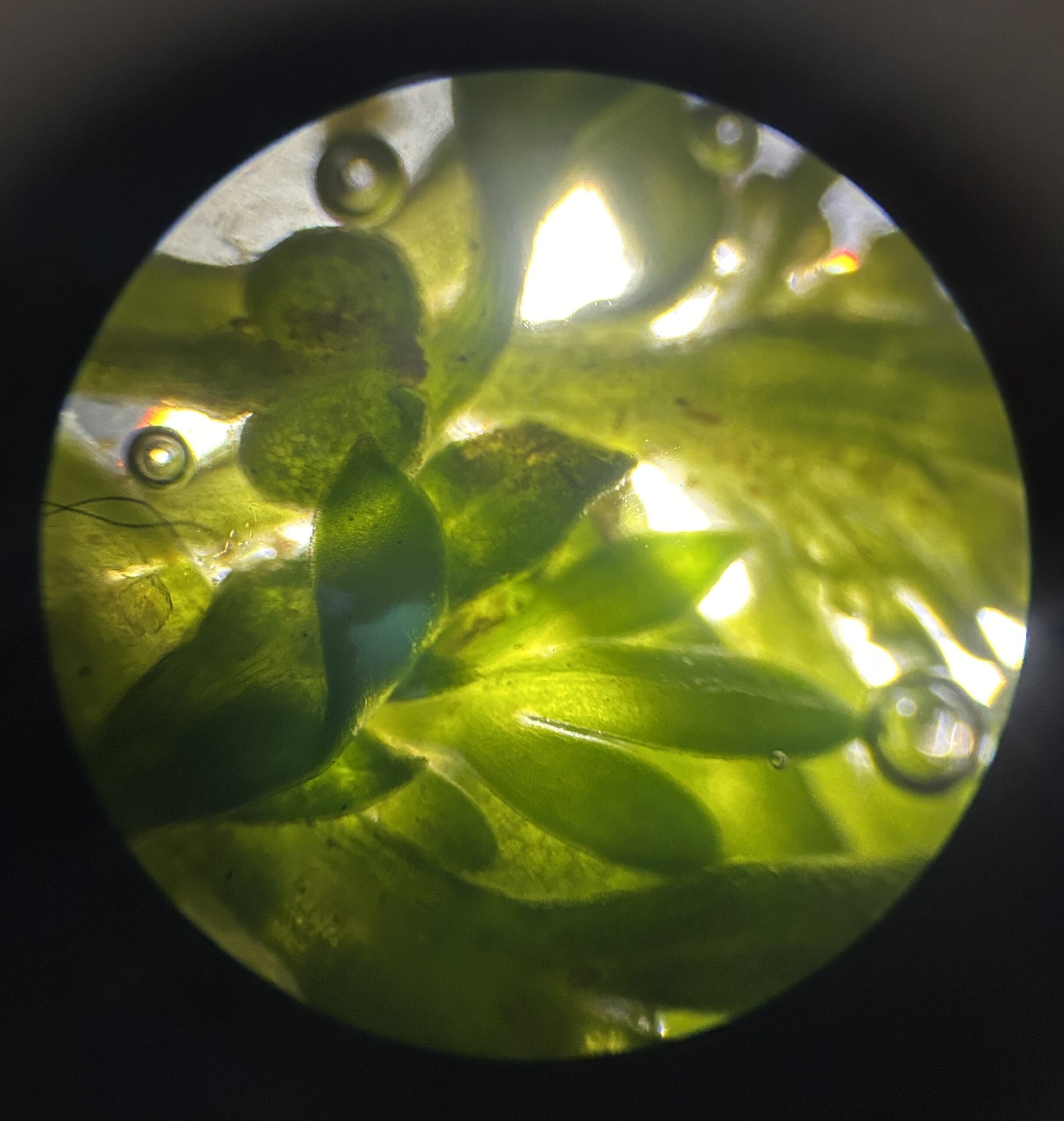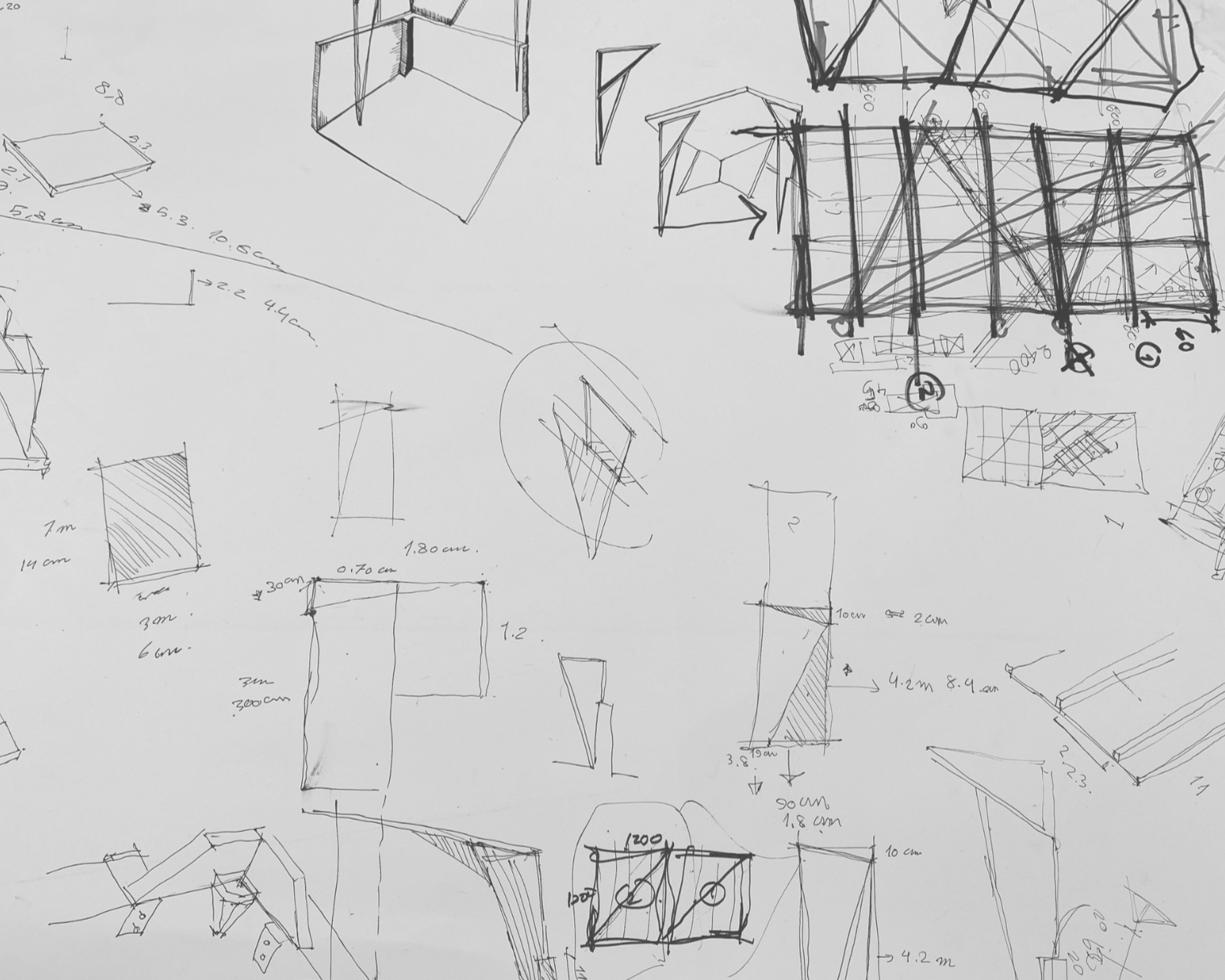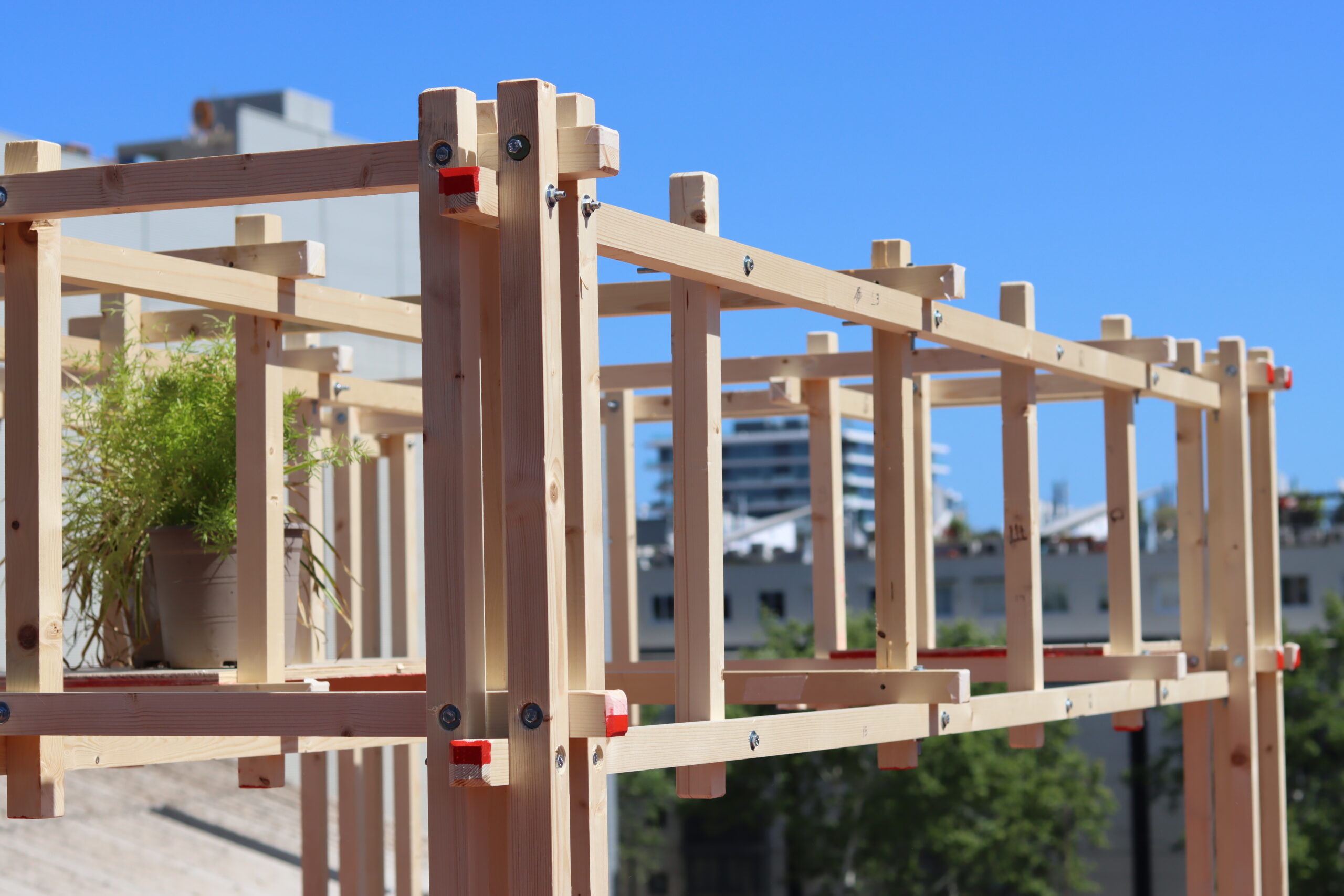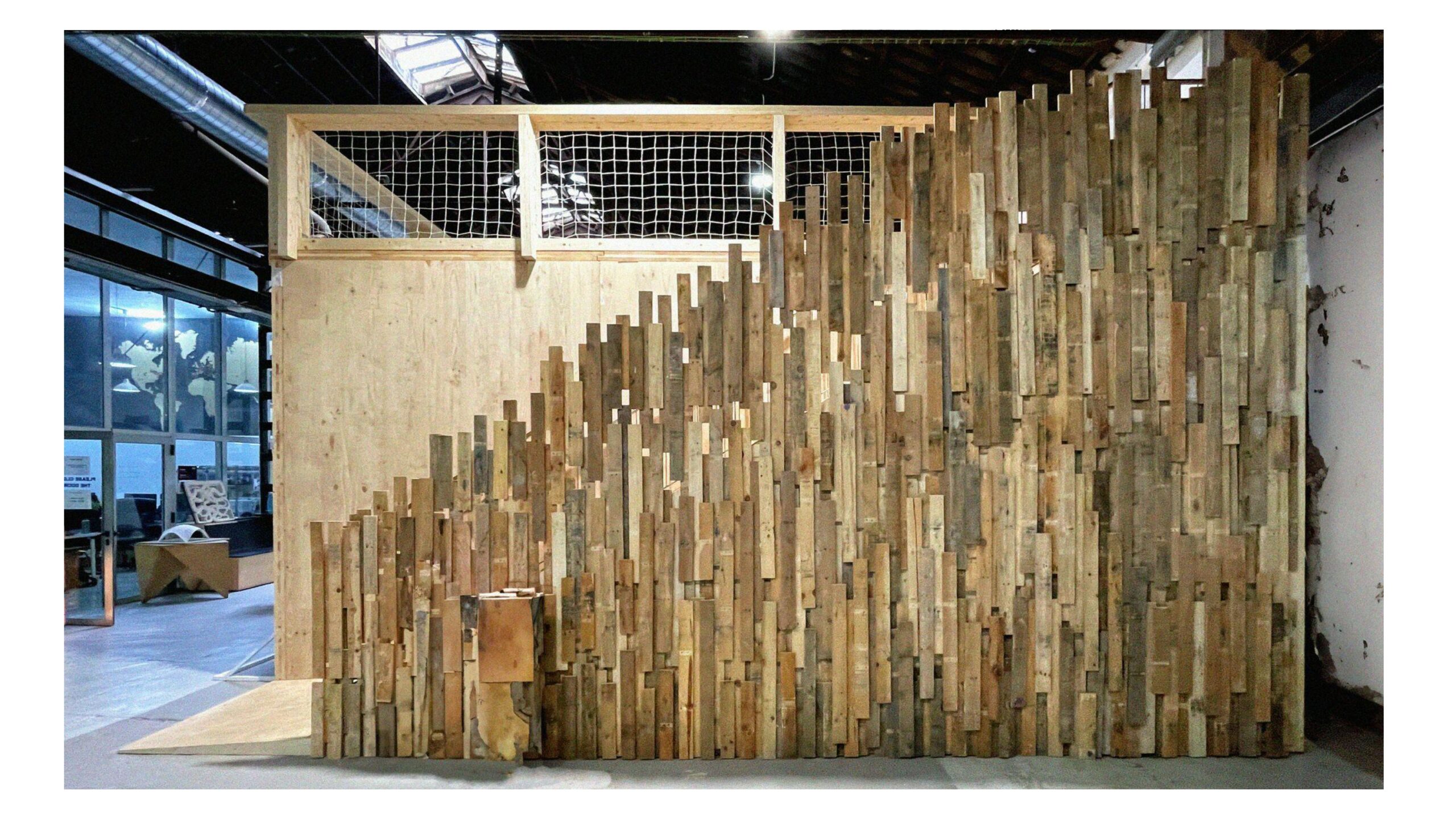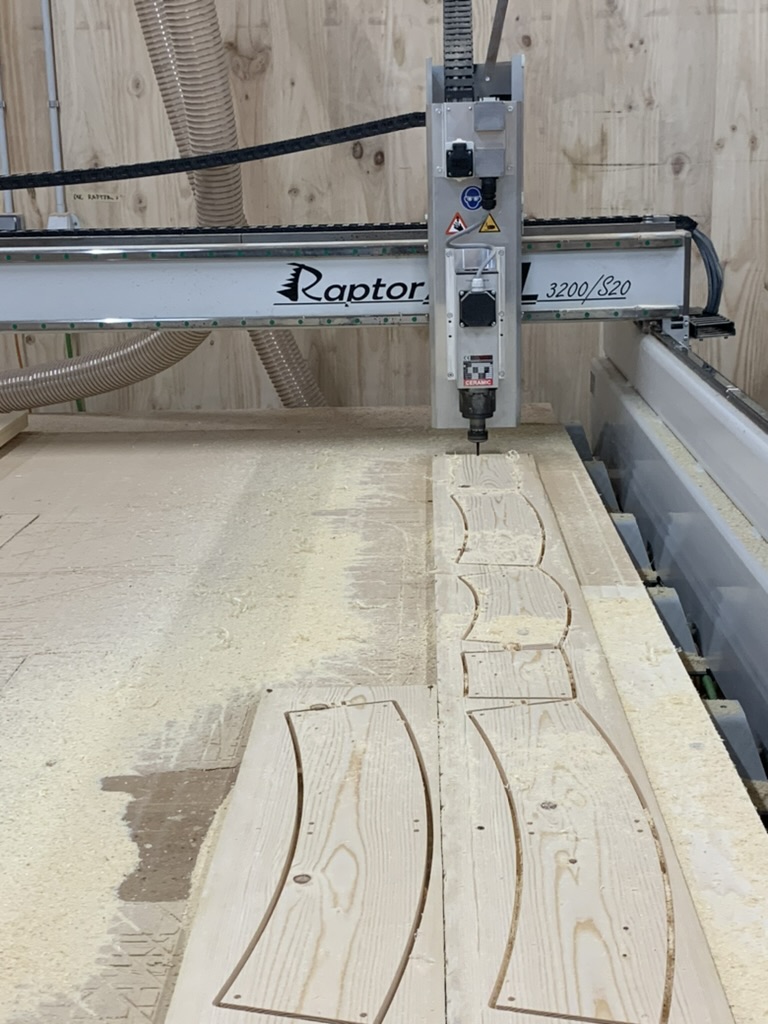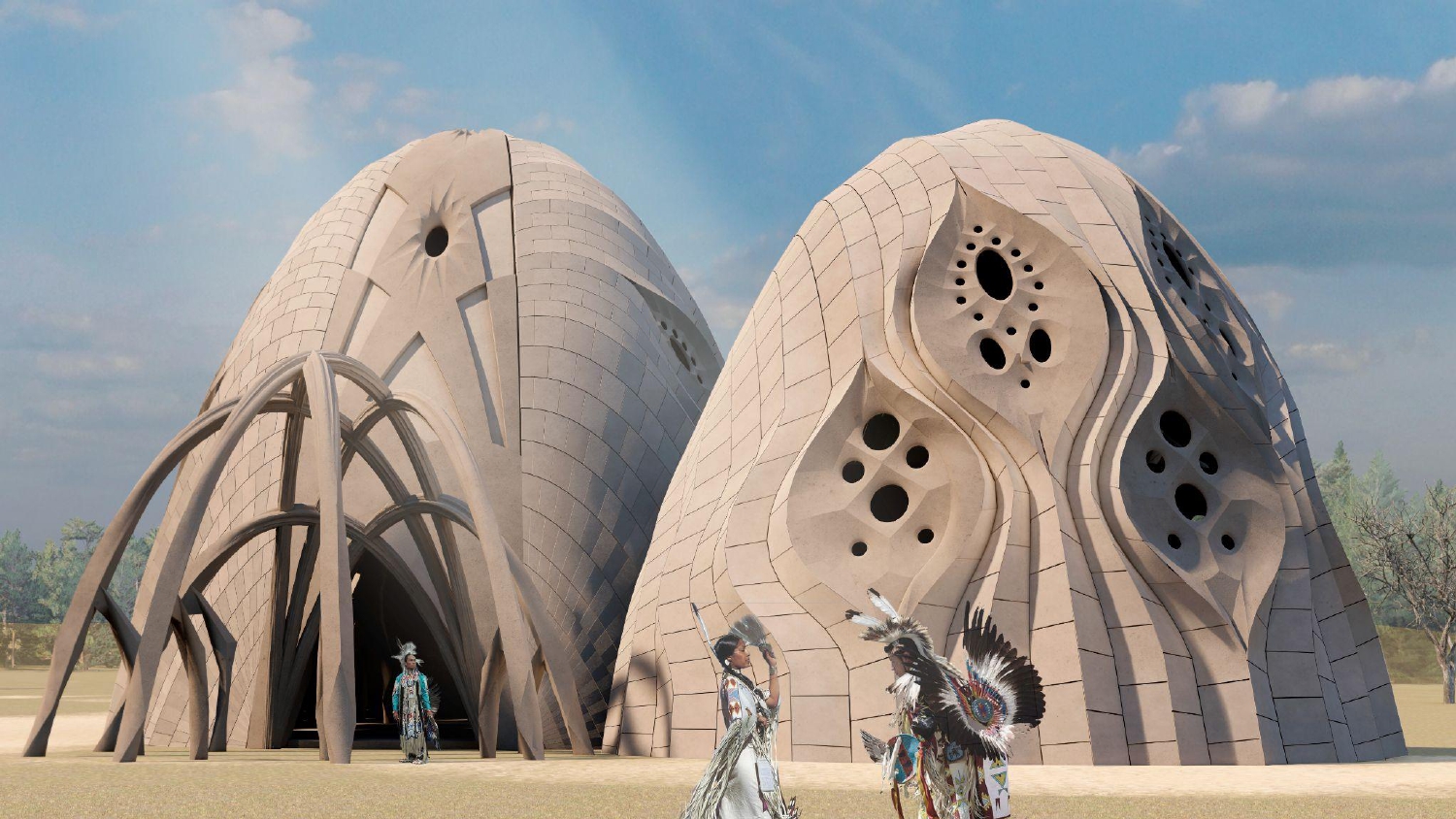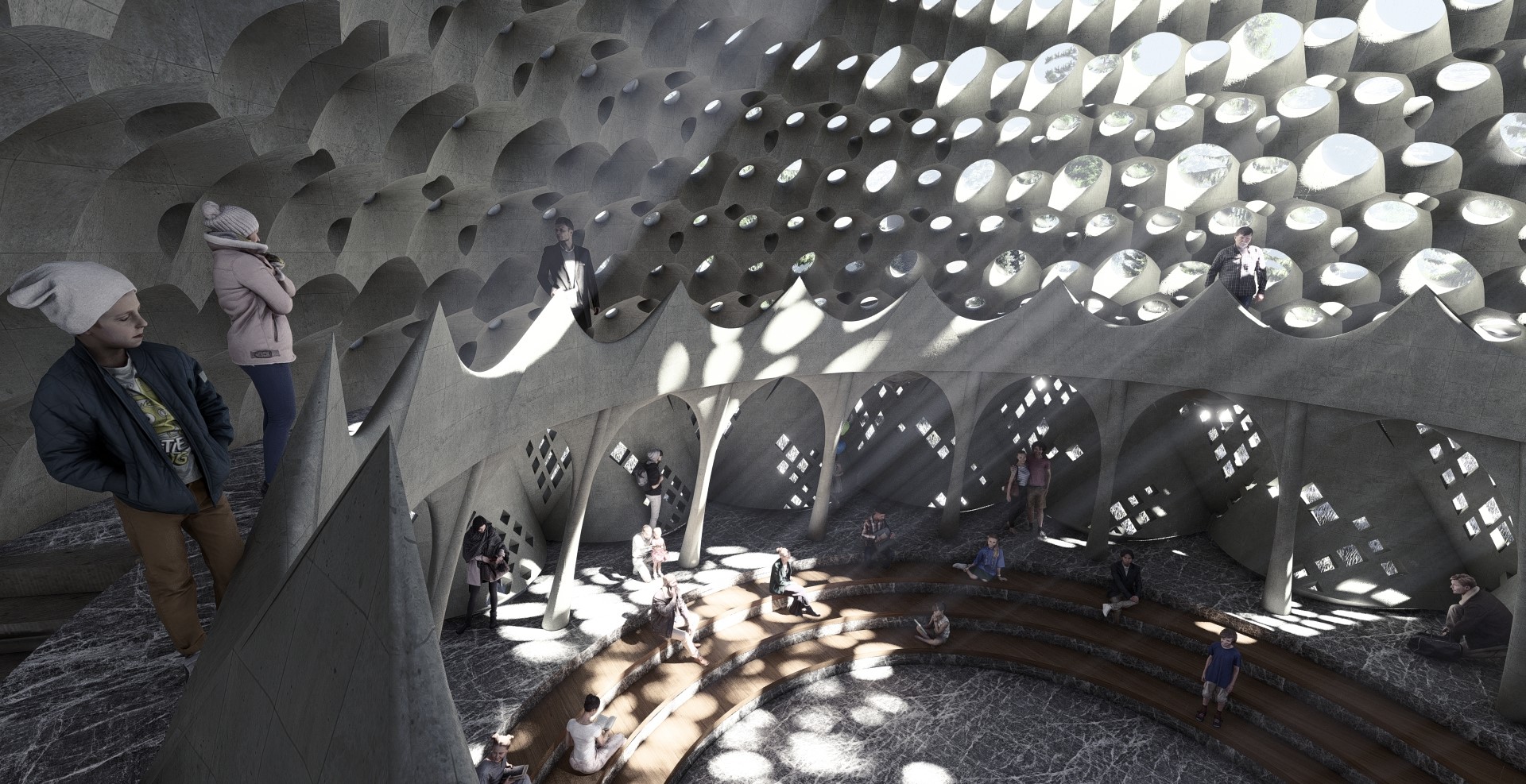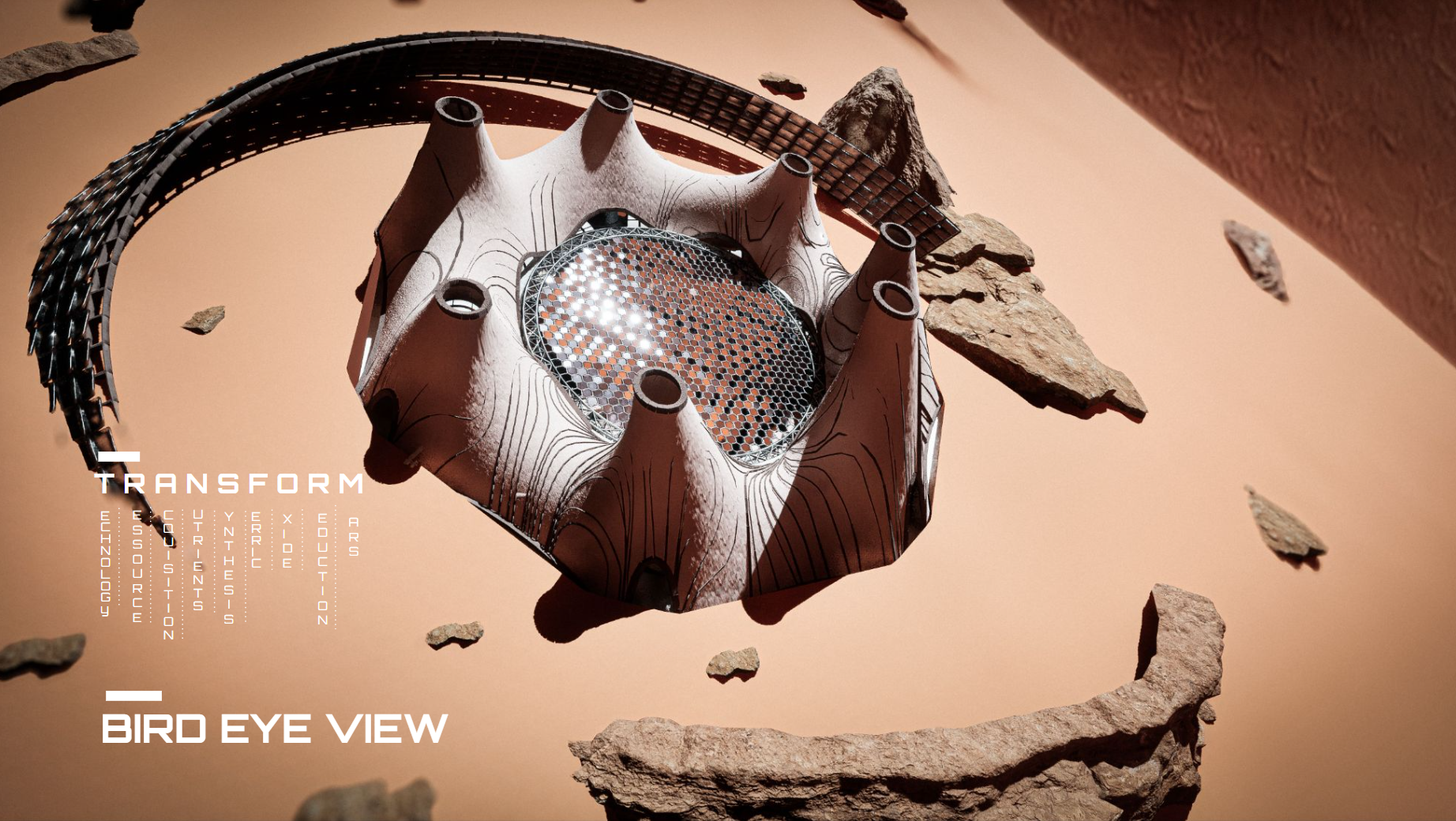The MAA is a visionary master program with an innovative and open structure, mixing diverse disciplines, shaping professionals capable of producing theoretical & practical solutions towards responsive cities, architecture & technology.
EL EJIDO
This project aims to study the current situation in the city of El Ejido, and create a proposal of a design that will respond to the social issues of the city. The majority of the land of this city is consisted of farming lands and greenhouses which are occupied by immigrants that are working there … Read more
Turbulence and Regeneration
The chosen site is the intersection of the Besòs River in Barcelona with the Mediterranean Sea. This location serves as a convergence point for different natural ecologies, as well as being impacted by human activities, such as the electrical industry with outlets into the river. Therefore, the site provides a perfect theater to visualize, not … Read more
THE MOLECULAR ODYSSEY
Site Explore History of the Plànol del Ciutat Vella (Barcelona) Species found in Parc de la Ciutadella Tree trunk sample(Macro VS Micro) Moss(Macro VS Micro) Organic composite waste(Macro VS Micro) Tree bark(Macro VS Micro) Dry sand(Macro VS Micro) VR landscape Video
Very Many
Design References Design Simulations Cladding Composition The Sandwich Panel is a combination of a top 6mm Polycarbonate Sheet with Dry Insulation and Cork forming our inner layers and to finish it off with a 6mm thk Polycarbonate Sheet at the bottom. Fabrication Process Using plywood as a base for dowels, which would serve as lateral … Read more
Woodcraft | Column-Beam Connection
CONTEXT STRUCTURE This project focuses on the Column-Beam Connection within the larger post-and-beam frame structure. While seemingly simple, these connections require intricate detailing to seamlessly resolve multi-element node connections. Our design involved integrating two perpendicular columns into a monolithic L-shaped column, securing two additional beams in the process. Through digital modelling, we adopted a multilayered … Read more
Segmented Blank
Developing visions of a future forest architecture, in Valvidrera Reservoir; a landscape that provides accesibility to, flora, fauna and open space to surrounding communities. LEARNING OBJECTIVES To gain an understanding of digital modelling of complex timber structures. To demonstrate an understanding of design-to-fabrication workflows and principles. To demonstrate an understand of digital fabrication methodologies for … Read more
Uintah and Ouray Music and Performing Arts Center
SITE The Uintah and Ouray Indian Reservation DESIGN PROCESS Form Finding and Computational Elements FORM FINDING Massing FORM FINDING Perforations FORM FINDING Decorative Perforation – Spikes FORM FINDING Columns FORM FINDING Split Columns FORM FINDING Mezzanine FORM FINDING Interior Space SIMULATION AND OPTIMIZATION FINAL PROPOSAL FINAL FABRICATION FINAL RENDERS
Sami’s Sound Hub
Music and Cultural Center Sami’s Sound Hub in Karasjok, Norway, innovatively blends Sami culture with avant-garde design. Inspired by catenary arches and hyperbolic forms, the Main Hall features strategically designed perforations and a central opening following hyperbolic geometry, playing with light and shadow. The walls showcase fractal snowflake patterns, influenced by the region’s cold temperatures. … Read more
C.W_T.R.A.N.S.F.O.R.M
project TRANSFORM stands for Technology for Resource Acquisition and Nutrient Synthesis through Ferric Oxide Reduction on Mars CONCEPT Our concept was to extract building techniques from the different types of ants to solve specific problems that we may find on mars COLLABORATIVE WORKFLOW STRATEGIES PROJECT ELEMENTS GROUP WORKFLOW In this section we will highlight the … Read more
SALVAGED WOOD
WHY USE RECLAIMED WOOD RESEARCH Reclaimed wood is a sustainable and unique material that can be used in almost any project. It offers strength, character, and originality that you cannot find with any other building material. It helps preserve the past while upcycling materials that would otherwise go to waste. TYPE – WOOD-PALLETS Mapping the … Read more

